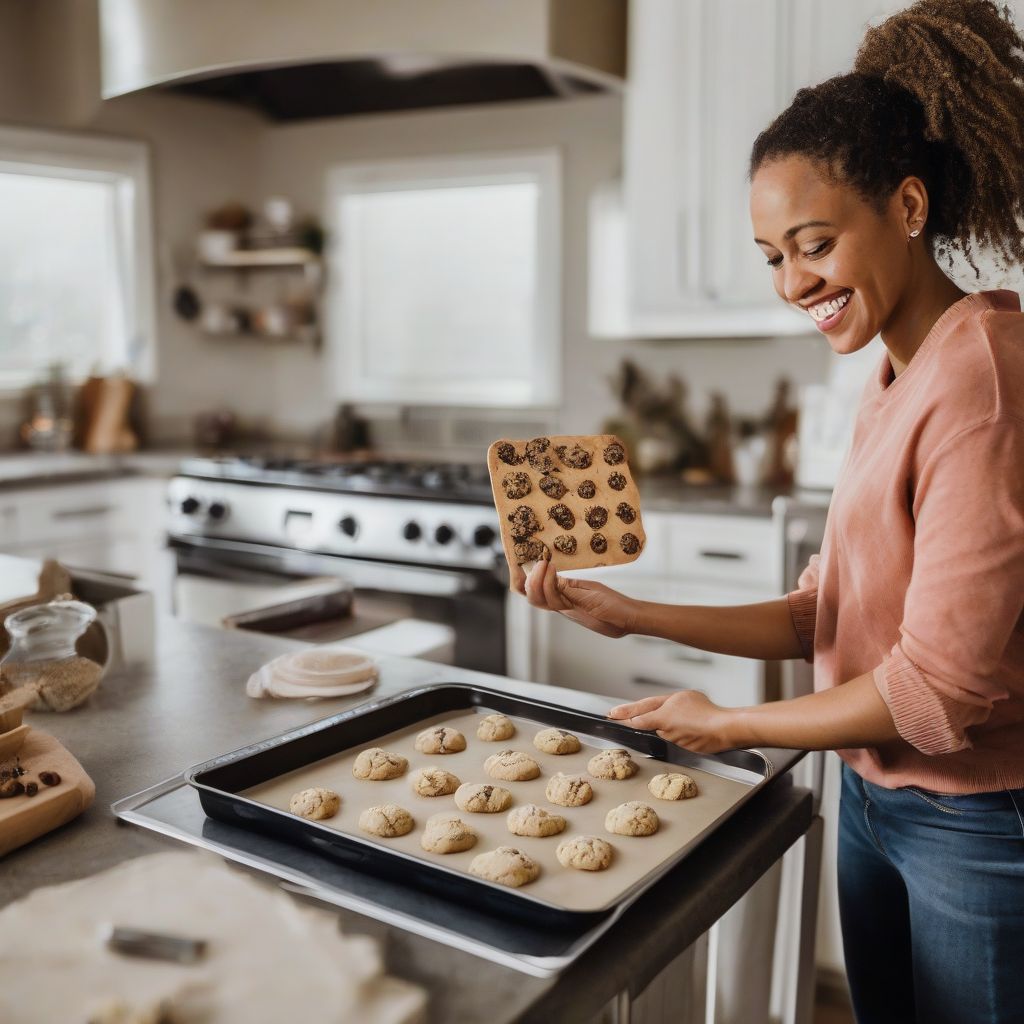“A watched pot never boils,” the old adage goes, but what about a preheated oven? Does it really matter? As a nutritionist and meal prep coach who has spent years guiding people towards their health goals through efficient kitchen strategies, I’m here to tell you that when it comes to baking, preheating your oven is non-negotiable. It’s the secret ingredient that transforms good intentions into golden-brown deliciousness.
Why Preheating Your Oven is Crucial
Imagine this: you’ve meticulously measured your ingredients, the aroma of cinnamon and sugar fills the air, and you’re ready to bake. You slide your creation into a cold oven, anticipating the joy of a perfectly baked treat. However, without a proper preheat, you’re setting yourself up for disappointment.
Here’s why:
1. Consistent Temperature Equals Consistent Results
Baking is a science, and like any scientific experiment, consistent results depend on controlled variables. Temperature is perhaps the most crucial variable in baking. When you preheat your oven, you’re ensuring the internal temperature is evenly distributed and at the desired level before your food goes in.
Think about it: a cold oven means your food spends extra time cooking as the oven heats up. This uneven heating can lead to:
- Uneven cooking: The outside might burn while the inside remains raw.
- Poor rising: Cakes might be dense, cookies flat, and bread crumbly.
- Altered texture: Instead of a crispy crust, you might end up with a chewy disappointment.
2. Activation of Leavening Agents
Baking powder and baking soda are the unsung heroes of fluffy cakes and airy bread. These leavening agents rely on a burst of heat to activate and create those delightful air pockets we crave. A preheated oven ensures they work their magic at the right moment, leading to the perfect rise and texture.
3. The Maillard Reaction: Where Flavor is Born
Ever wondered what gives baked goods that irresistible golden-brown color and complex flavor? It’s the Maillard reaction, a chemical process that occurs between amino acids and sugars at high heat. Preheating your oven ensures this reaction occurs at the right time and temperature, resulting in a beautiful crust and enhanced flavor.
Debunking Common Myths
You might have heard whispers about preheating being unnecessary or even a waste of energy. Let’s clear the air:
Myth: Modern ovens heat up quickly, making preheating obsolete.
Fact: While modern ovens might heat up faster, reaching the desired temperature and ensuring even distribution throughout the oven takes time.
Myth: I can just add a few minutes to the baking time if I don’t preheat.
Fact: Adding extra time doesn’t replicate the consistent and controlled heat of a preheated oven. Your food will still likely cook unevenly and lack the desired texture and rise.
How to Preheat Your Oven Properly
- Consult the recipe: Always check your recipe for the recommended oven temperature and preheating time.
- Set the temperature: Use an oven thermometer to ensure accuracy, as oven temperatures can fluctuate.
- Be Patient: Allow the oven to preheat fully. Most ovens have an indicator light or sound to signal when they’re ready.
 Preheating Oven for Baking
Preheating Oven for Baking
Preheating: A Small Step for a Big Difference
Preheating your oven might seem like a small step, but it makes a world of difference in the outcome of your baking endeavors. It’s a simple yet crucial act that sets you up for success, ensuring your treats are cooked evenly, rise beautifully, and boast that mouthwatering golden-brown crust we all love. So, next time you bake, remember the importance of preheating – your taste buds will thank you!
What are your go-to tips for baking success? Share your thoughts and baking experiences in the comments below!
[amazon bestseller=”baking sheet”]
